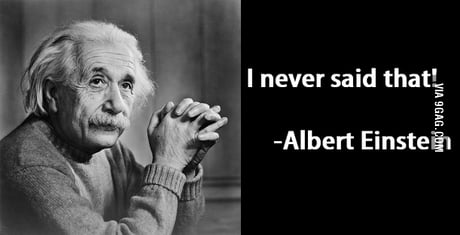Affine Connection
- 0 Posts
- 54 Comments
Now do a standard
paxcommand.

 2·6 months ago
2·6 months ago3-ball is actually the mathematical term for a solid sphere.
This cladogram is outdated about turtles, which are no longer considered the most phylogenetically basal reptiles.
Sometimes, original material does survive fossilization.
deleted by creator

 3·7 months ago
3·7 months agoThat was the answer to the question.
God deleted it.

 11·7 months ago
11·7 months ago“Single pixel” is an interesting way of putting it.
That comment made me imagine a bunch of people sitting in a movie theater, watching a film that consists of nothing but a giant square that keeps changing colors and brightness, with the soundtrack from another film. The film is called “Blindness Simulator.”

 1·7 months ago
1·7 months agodeleted by creator

 3·7 months ago
3·7 months agoIPA is also useful for cleaning and drinking.

 32·7 months ago
32·7 months agofunneddic (US)
funnettic (UK)

 31·7 months ago
31·7 months agoChatGPT came up with
Memory
Navigation
Enhancing
Methods
Of
Name
Integration
Coding.

 3·8 months ago
3·8 months agoYes, but they were satisfied when IBM was given a license to use JSLint for evil.
Windows contains a lot of stuff proprietarily licensed to Microsoft, so they don’t have an option to turn all of it into free software even if they wanted to.
Ctrl+Alt+F1-F12

 2·11 months ago
2·11 months agoI just love people that don’t beat around the bush and are straight to the point.
It’s obviously possible to be stern and direct while maintaining composure instead of having a temper tantrum.

 2·11 months ago
2·11 months agoOne can sternly address serious mistakes by a subordinate without being outright mean about it. Doing so calmly and seriously is usually more effective anyway.

 142·11 months ago
142·11 months agoThat doesn’t mean he should be a jerk about it.
That’s simple, but it’s a completely unnecessary waste of I/O. You could create a writable snapshot of the btrfs root as a subvolume, edit the fstab and any other relevant files within that new subvolume, reconfigure the bootloader to specify that subvolume as the root filesystem (as a Linux kernel command line argument) instead of the btrfs root, and then reboot. After rebooting, the original btrfs root can be mounted, and everything unwanted from the original root (other than the new subvolume and its ancestor directories, obviously) can be deleted. Do not delete anything that you didn’t want to lose the changes to on the original root subvolume that you did after creating the snapshot, as the snapshot only remembers what you did before, as well as the changes made specific only to it (like the fstab).
If one wanted to create multiple subvolumes for different purposes, the above procedure can be modified. For instance, if one wanted a separate subvolume mounted at / vs /home, then one can create two writable snapshots, empty out the contents of home in new subvolume 1 (but not the /home directory itself because you want the directory to exist for something to mount onto it), empty out everything outside of home within new subvolume 2, move the contents of home therein up one directory and remove the /home directory itself. Now, one can edit the fstab in new subvolume 1 as appropriate (not forgetting to have new subvolume 2 mount at /home), edit any other relevant files, reconfigure the bootloader to tell the Linux to use new subvolume 1 as the root subvolume, then reboot. Finally, one can remove the unnecessary files from the original root.
Edit:
It is arguably better to manually specify the new root when booting in the Linux kernel command line, and not reconfigure the bootloader until you successfully boot. After success, (if the following is relevant to your system) use
update-grub, and it should look at fstab to automatically reconfigure the bootloader accordingly to use the appropriate new subvolume as specified at fstab.This is what I did years ago to one of my own systems, although I don’t know anything about Timeshift and how it requires things to be set up (I have my own backup scripts that are run by cron). I could have just snapshotted the btrfs root directly for snapshots, but I wanted the snapshots to be cleanly separated from the subvolume used as the Linux VFS root (except when I explicitly mount them).


As long as protons are the lowest mass baryon, there is nothing for them to decay to (barring violation of baryon number conservation).